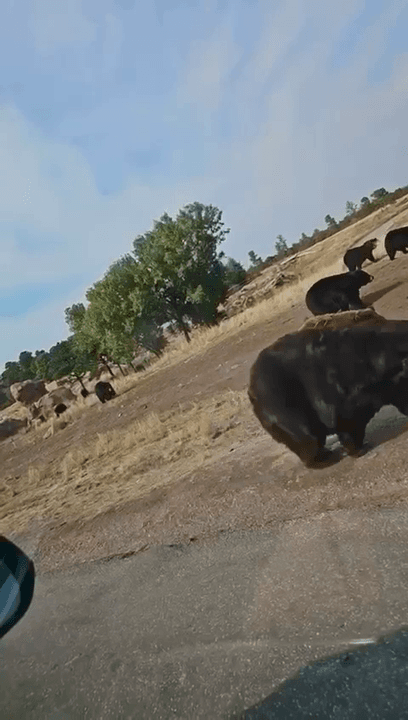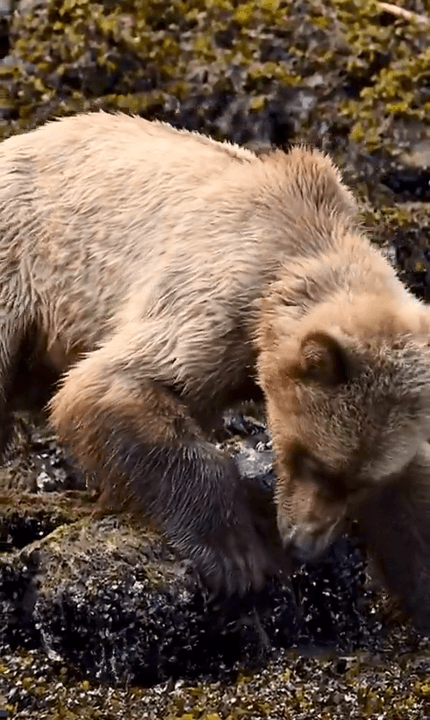
Yes, black bears (Ursus americanus ) and brown bears (Ursus arctos ), which include grizzly bears in North America, can live together in the same regions in Canada. Typically black and brown bears occupy different habitats and have distinct behaviors that reduce direct competition between them. This coexistence is possible due to differences in their ecological niches, dietary preferences, and habitat use. Key Points About Black and Brown Bears Coexisting in Canada: 1. Geographic Distribution Black Bears : These are much more widespread across Canada and can be found in forests from coast to coast, including areas with dense human populations. Brown Bears (Grizzlies) : They are primarily found in western Canada, particularly in British Columbia, Alberta, Yukon, and the Northwest Territories. Grizzlies tend to inhabit more remote, rugged, and less populated areas, such as mountains, tundra, and coastal regions. 2. Habitat Preferences Black Bears : Prefer forested areas, swamps, and woodlands. They are highly adaptable and can thrive in a variety of environments, including suburban areas. Brown Bears : Favor open landscapes, alpine meadows, and river valleys, especially near salmon spawning streams. Coastal brown bears also rely heavily on marine resources like fish. 3. Dietary Differences Both species are omnivores, but their diets differ slightly based on habitat: Black Bears : Eat berries, nuts, insects, small mammals, carrion, and vegetation. They are less reliant on large prey or fish compared to brown bears. Brown Bears : Have a more varied diet, including large ungulates (e.g., elk, moose), fish (especially salmon during spawning season), roots, berries, and grasses. Their stronger jaw structure allows them to crush bones and consume tougher foods. 4. Behavioral Differences Black Bears are generally smaller, more agile climbers, and less aggressive than brown bears. They often climb trees to escape danger or feed on fruits and nuts. Brown Bears are larger, slower climbers, and more likely to defend territory or food sources aggressively. Grizzlies, in particular, are known for their territorial behavior around prime feeding areas like salmon streams. 5. Coexistence Mechanisms • Spatial Separation : Black and brown bears often avoid each other by using different parts of the landscape. For example, black bears may stick to forested areas while brown bears dominate open spaces. Temporal Separation : In some cases, the two species may use the same resources at different times, reducing direct competition. • Dominance Hierarchies : When encounters occur, brown bears usually dominate due to their larger size and strength. Black bears will typically retreat rather than engage in conflict. 6. Hybridization While rare, there have been documented cases of hybridization between black and brown bears, producing offspring colloquially called "pizzly" or "grolar" bears. However, this is uncommon in the wild and occurs under specific circumstances where natural barriers to mating are reduced. Black and brown bears can coexist in Canada because of their differing ecological roles, habitat preferences, and behavioral adaptations. While they occasionally interact, these interactions are usually limited by spatial and temporal separation, as well as the dominance of brown bears in shared territories. This balance allows both species to thrive in their respective niches within Canada's diverse ecosystems.
Post: 23 February 13:51



